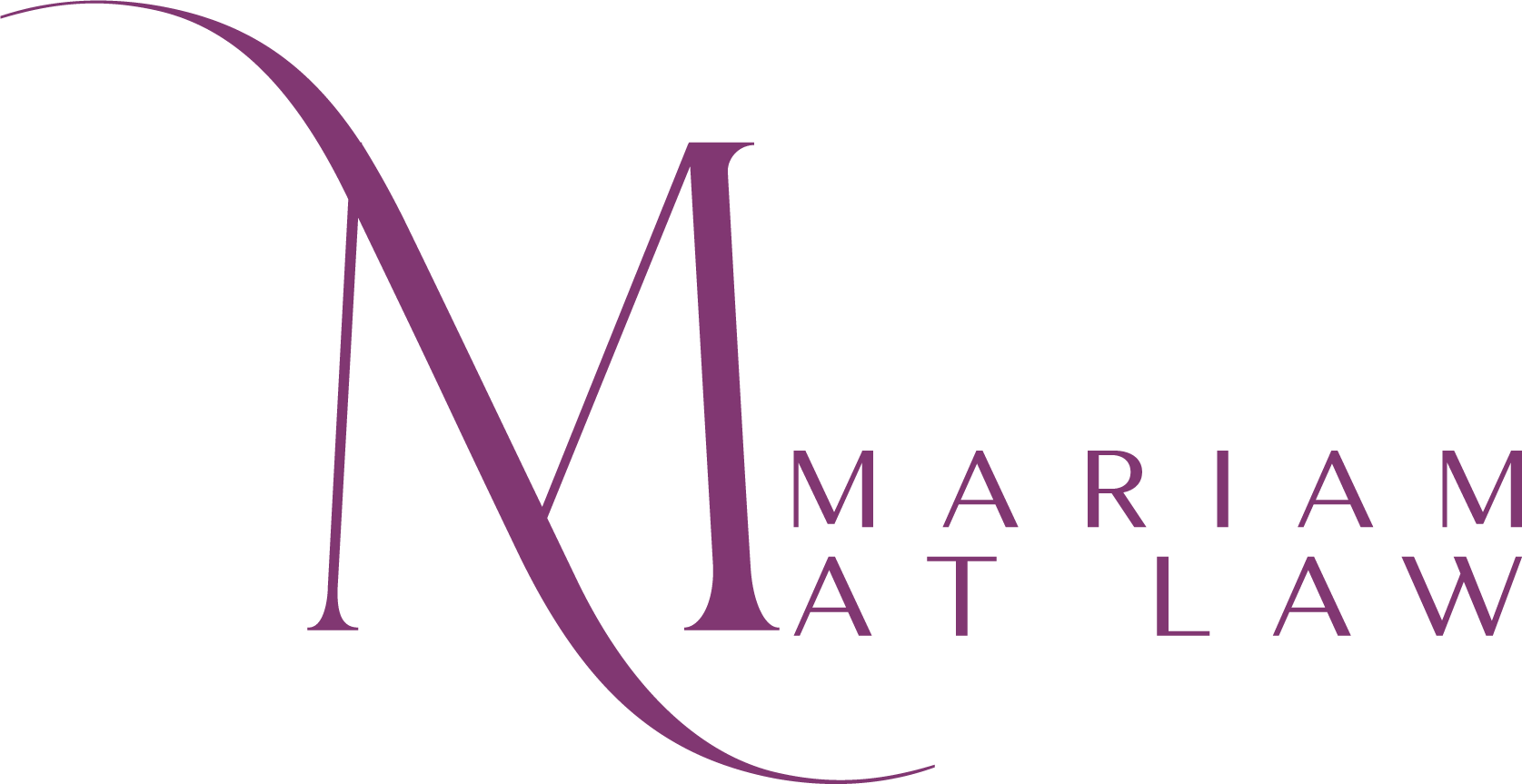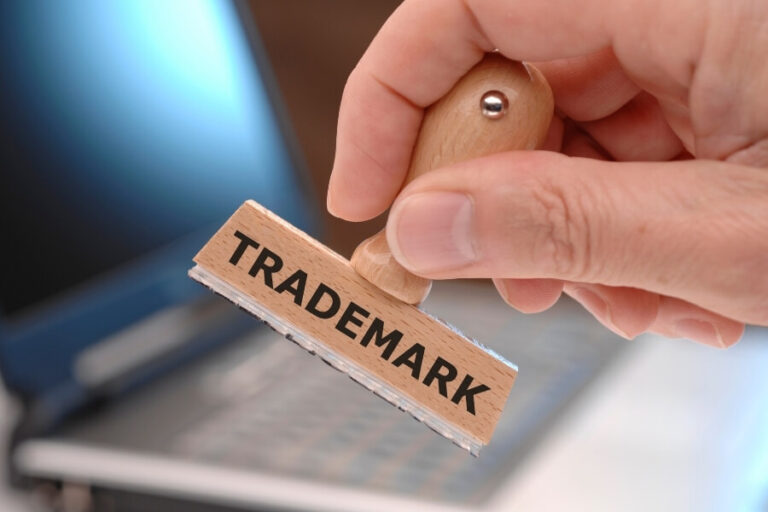How to Register a Trademark: Overview of the process
One of the most asked questions I get as a trademark attorney is to describe what the trademark process looks like and what it includes. Rather than responding to this question one by one, I decided to write this in-depth article so that by the time you’re done reading it, you’ll know exactly what to expect, what the process entails, and what’s expected.
In the last article, I covered information such as “what is a trademark” and “what do trademarks protect”. Today, let’s concentrate on the actual process and the different stages that a trademark registration process includes.
Let’s start the article with the most important step in the trademark registration process-the search.
Attorney Disclaimer: No attorney-client relationship or privilege is created by your reading this article. The article does not contain any legal advice and does not intend to give legal advice. This post is for informational and educational purposes only. If you wish to work with an attorney, contact me or another attorney to start the process
Find Out If the Trademark or Service Mark is Available
When you’re on the path to deciding to register a name for your business, product, or service, then you should follow this one simple instruction: Make sure that the name is actually available for registration.
What does “available” mean?
Available means that another company or person did not already register that same or confusingly similar name for the same or similar product or service.
If there is already a registration for the same or similar name, then the USPTO will not allow registration due to the likelihood of confusion.
Searching marks in the USPTO database
To determine whether a name is available for registration, an applicant (or the attorney) must conduct a thorough trademark search. The first place the search should start is the USPTO website. On this website, you’ll find the federally registered trademarks and you’ll be able to determine whether the same name or a similar name has been registered.
When you ignore the importance of a proper search, you or your attorney will fail to properly assess whether the mark should or can be registered. When searching the USPTO database, you should keep in mind that conducting a search is equal parts science and art.
The USPTO website is not the most intuitive or even user-friendly website. However, none of that matters when you absolutely must cover your bases and conduct a proper search.
There are some basic guidelines for conducting trademark searches on USPTO’s website. You need to think of different angles when searching for your brand name or something similar to it on USPTO for registration. A few things to keep in mind when searching are the following:
- Search for both singular and plural terms
- Search for words/phrases written together, without spaces, and also phrases with spaces
- Compile a list of spelling variations and search for those
- Search for phonetically similar sounding words/phrases
Aside from the USPTO database, you should also do your due diligence and search for your brand or product name on different search engines, social media sites, state business records, etc.
The more thorough your search is, the better off you are, and the better you can predict the registrability.
Identifying the proper “Basis” for filing a trademark application
Trademark registration can be filed under two main bases: Current use of the mark in commerce and intent to use the mark in commerce in the future. As the trademark owner, you need to know what basis to file, or if you don’t, then your attorney will let you know.
If you are currently using your mark in commerce, then you will file under section 1(a), which is the current use of the mark in commerce basis.
However, if you’re not yet using your mark in commerce, but you intend to use it in commerce shortly (in less than 36 months), then you can file under section 1(b), which is the intent to use the mark in commerce. However, under the Intent to Use basis, you must use it in commerce at the latest within thirty-six (36) months, otherwise, your registration application will be canceled.
Many savvy business owners will file their trademark registration under the intent to use category if they haven’t started using the mark in commerce yet because when you file it under intent to use, it almost acts as if you’re reserving that trademark. While your application for registration is pending, the USPTO will not allow anyone else to register it.
However, be aware that when you file your trademark registration application under 1(b) basis for intent to use, you will spend more money as the client, than you would for use in commerce applications.
This is because, under the intent to use application, the client (either by themselves or through an attorney), in six months must file either a Statement of Use application or an extension. Either way, there are additional filing and attorney fees for those. If the client or attorney files an extension, then in another six months the process repeats-either file Statement of Use or an extension.
Specimens Showing “Use” of the Trademark or Service Mark
Specimens are the visual proof that the trademark or service mark is in use. Generally, specimens are images of the actual product or service itself.
If it’s a physical product or business, then it can be an image of the actual product, the tag on the product, the bar code with the product, or the business building with the name, etc.
If the product or service is a virtual or digital one, then screenshots of the website or online space containing that product or service must be captured, along with the exact URL and the access date.
Specimens are important for your trademark registration because if it’s not a valid specimen, then the USPTO will not register your trademark. Sometimes the examining attorney at the USPTO has an issue with the specimen and will tell you to resubmit.
Other times they will tell you that your specimen does not show proper use for the product and/or service. As someone who is in the middle of trademark registration, you should review the guidelines for specimen before submitting them.
Prepare The Trademark Application
Preparing the trademark application is an important step toward registering your trademark because without an application you cannot initiate the process.
Trademark applications can be filed either as a paper application or online. However, the USPTO is moving away from paper applications, and only in limited situations are you allowed to file a paper application (i.e. systems are down).
Due to USPTO’s unwillingness to look at paper applications, the filing fee for the paper application is higher than for the online version.
The online application for filing your trademark registration is quicker and simpler. It’s also more convenient because you have access to the application online, you can make edits if necessary and review the process as you go.
Before you start completing the application, be sure that you have all the relevant information and attachments to do the process quickly and efficiently. In other words, have all the business organization details, address, owner information, specimens prepared before you start filling out anything.
Before completing the application, you must also have identified the class for the goods and/or services under which you intend to register your trademark. Along with the class, you must have your description as well. If you’re filling TEAS Plus application, then you would use the description in the ID Manual. However, if you’re filing under TEAS Standard application (which I recommend), then you have more freedom in your description, so think and strategize carefully.
After you have compiled all the data and attachments that you will require for your application, you can start actually completing it online. Needless to say, you must also have the filing fees to submit your application.
Work with the assigned USPTO examining attorney
After your application is completed and submitted to the USPTO, you have to be ready for the “waiting game.” For the first 3-4 months, absolutely nothing happens to your application. You won’t have any updates (regardless of whether you filed yourself or through an attorney) because there is no examiner assigned to your case. Your trademark registration application is sitting in a “limbo” until an examining attorney will take over and start reviewing your trademark application.
The examining attorneys are the ones who are going to review and decide the fate of your case. It’s in your best interest to always be cordial and nice to them. Don’t try to play the “Do you even know who I am?” card, it won’t get you far.
Always be on the lookout for communication from the examining attorney. Once in a while, the attorney might call you to discuss a matter. This doesn’t happen very often, but it does sometimes.
Whatever changes the examining attorney suggests, do them if they are simple and fast. As a general rule, you don’t want to argue with the examining attorney for no reason.
USPTO issues letter (office action)
After your trademark application is assigned to an examining attorney, they start reviewing it. As mentioned before, the examining attorney sometimes contacts you with some changes and amendments they want you to make.
These communications from the USPTO examining attorney are referred to as Office Actions. There are two types of office actions that attorneys differentiate: administrative (non-substantive) office actions, and substantive office actions.
The administrative office actions are the ones that require quick and easy fixes. These can be issues related to the description of the goods and services, identification of classes, the necessity for disclaimers, and more.
These types of issues are relatively quick and simple to resolve.
Now, substantive office actions are a different matter altogether. The office actions, which in reality are non-final denials of your trademark registration application, are not easy or simple. These take a long time to formulate a response to.
Substantive office actions can be issued for various grounds, such as the likelihood of confusion, mere descriptiveness, genericness, and more. Usually, the examining attorney gives you six (6) months to respond to the office action and try to convenience him or her that your registration should not be denied.
If you fail to respond to the office action in a timely manner, then your registration application will be considered abandoned.
Responding to substantive actions is one of the most important reasons for working with an attorney, rather than filing on your own or through document completion services.
Many of the substantive issues can be predicted in advance and your attorney will be able to tell you if you have good chances of defeating the denial.
Trademark registration publication stage
If and when you get office actions from the USTPO examining attorney, and you respond to that, you wait to see what happens next.
If the response was satisfying, or if there was no office action, to begin with, then your trademark registration application will move forward to the publication stage.
It will be published for opposition. This means that all the other businesses out there have thirty (30) days to oppose your brand’s registration. During this time is when you’ll get all those objections based on various grounds.
However, if the thirty (30) days pass and no one objects, then your trademark registration will officially be published, and you’ll get your registration certificate.
After receiving your registration certificate, you can go ahead and start using the ® (circle R) symbol on your trademark to signify that you have an officially registered trademark and that no one has permission to use your mark without your express say so.
The overall registration process can take as little as seven (7) months to fourteen (14) months depending if you get office actions or other complications along the way.
Conclusion
The purpose of this post was to outline the trademark registration process for the marks that are currently being used in commerce. If you read the entire post, then you will have an idea of what to expect, how long the registration process will take, and what steps you need to take in certain situations.
Now, the trademark registration process will be somewhat different if you’re filing your application based on “intent to use in commerce” grounds. In that situation, there are several extra steps that you don’t deal with.
If you learned something from this post or have questions, leave me a comment below.






